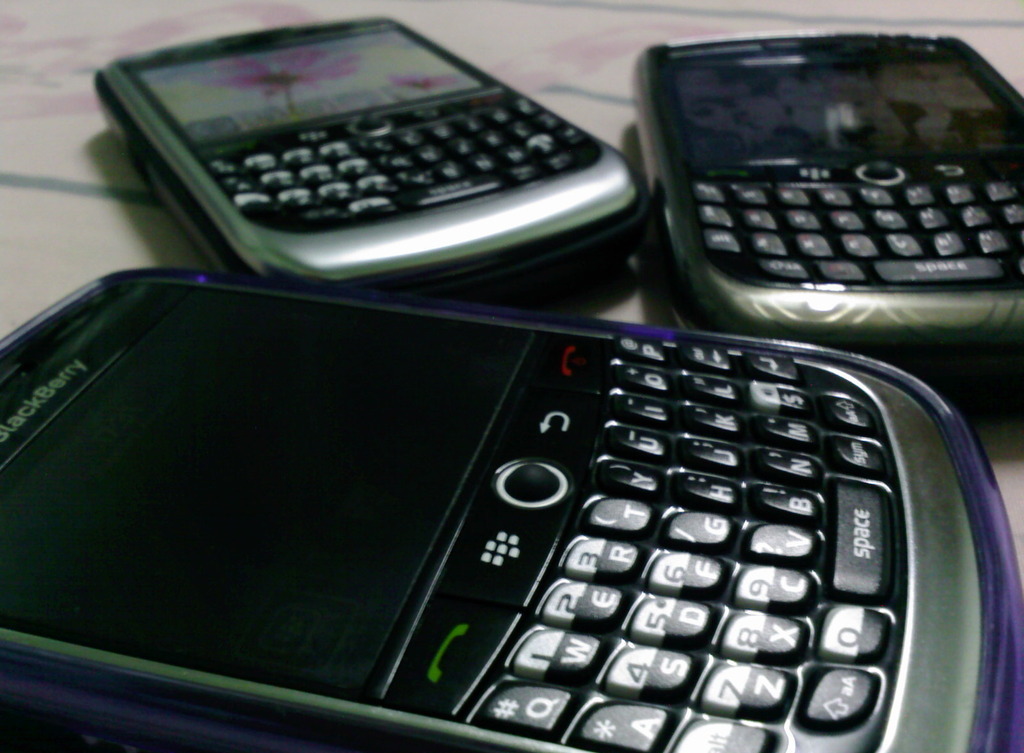The Blackberry phone, also known as the BB phone, has a long and fascinating history that began in 1999 when Research in Motion (RIM) introduced the first Blackberry device. Over the years, the Blackberry brand has become synonymous with enterprise and government communication, offering secure email, messaging, and internet access. In this post, illumy will delve into the history of the Blackberry cell phone, exploring how the company grew from a small Canadian startup to a global brand and examining the challenges it faced along the way.
Blackberry’s Early Years
In the late 1990s, RIM, a wireless technology company based in Waterloo, Canada, was struggling to find its footing in the rapidly evolving technology market. At the time, most mobile devices were clunky and limited in functionality, with small screens and poor battery life. RIM co-founders Mike Lazaridis and Jim Balsillie saw an opportunity to create a device that would revolutionize the way people communicate.
In 1999, RIM launched the first Blackberry device, known as the Blackberry 850. The device featured a small screen, a physical keyboard, and wireless internet connectivity. It also had a unique push email feature that allowed users to receive emails in real-time, making it ideal for business professionals who needed to stay connected while on-the-go. For the first time, users could ditch their clunky older devices for a full QWERTY keyboard and experience web browsing while traveling.
The Blackberry 850 was not an immediate success, with initial sales proving slow. However, RIM continued to refine the device, introducing new models with larger screens, an improved hardware keyboard, faster processors, and more advanced features. By the early 2000s, Blackberry had become a must-have device for business people, offering secure instant messaging, email, phone calls, and internet access.
The Rise of Blackberry
In 2002, Blackberry released its first smartphone, the Blackberry 5810. This new device marked the beginning of the smartphone era and the end of life for monochrome screens. It set Blackberry apart from its competitors, such as Nokia and Motorola, prompting millions of users to flock away from their old phones and Palm Pilots. The Blackberry 5810 featured color screens, full QWERTY keyboards, and support for voice calling, email, and internet browsing. Blackberry smartphones also had long battery life, making them ideal for business professionals who were always on the move.
Over the next few years, Blackberry continued to innovate, introducing new models with larger screens, faster processors, and more advanced features. The company also developed its own operating system, Blackberry OS, known for its security and reliability. Blackberry OS was based on Java, a popular programming language used to create mobile applications.
Blackberry’s success in the enterprise market was largely driven by its secure messaging mobile platform, Blackberry Messenger (BBM). The Blackberry service allowed users to send and receive encrypted messages, making it ideal for business professionals who needed to communicate sensitive information. It also had a number of other features, such as the ability to share files, create groups, and customize your profile.
Blackberry’s success in the enterprise market led to a number of high-profile partnerships with government agencies and corporations. In 2008, the US government approved the use of Blackberry devices by federal employees, citing their secure messaging capabilities. Blackberry also had partnerships with major corporations, such as Goldman Sachs, which used Blackberry devices to communicate with their employees.
Prominent Blackberry Users:
Barack Obama – During his time as the President of the United States, Barack Obama was known to use a Blackberry. In fact, he famously fought to keep his Blackberry after taking office, citing his need to stay connected with friends and colleagues outside of the White House.
Oprah Winfrey – Media mogul Oprah Winfrey was also a fan of Blackberry phones. In fact, she named the Blackberry Bold as one of her “Favorite Things” in 2008.
Kim Kardashian – Reality TV star Kim Kardashian was often seen using a Blackberry during the early years of her career. She even tweeted in 2010 that she missed her Blackberry after switching to an iPhone.
Mark Zuckerberg – Facebook founder Mark Zuckerberg was known to use a Blackberry during the early days of the social media platform. In fact, he reportedly used a Blackberry to send the first ever message on Facebook.
Hillary Clinton – Former Secretary of State Hillary Clinton was also known to use a Blackberry during her time in office. In fact, her use of a private email server on a Blackberry became a source of controversy during the 2016 presidential election.
These are just a few examples of the many prominent individuals who were known to use Blackberry phones. The devices were popular among businesspeople, politicians, and celebrities thanks to their reputation for security and productivity.
The Fall of Blackberry
In the late 2000s, Blackberry faced increasing competition from other smartphone brands, namely Apple’s iPhone and Google’s Android devices. These devices offered more advanced features, such as touch screens, app stores, and multimedia capabilities, which Blackberry struggled to match on its old device. Blackberry also faced criticism for its slow and cumbersome software updates, as well as for its inability to compete with rivals in the consumer market.
Blackberry’s decline was further exacerbated by a series of missteps, including the failure to keep up with consumer demand for apps, and the slow response to the rise of touchscreen devices.
In 2010, Blackberry introduced its own touchscreen device, the Blackberry Storm. However, the device was plagued with technical issues and poor reviews, and sales were disappointing. Blackberry’s next attempt at a touchscreen device, the Blackberry Torch, was similarly criticized for its lackluster performance and outdated software.
By 2012, Blackberry’s market share had fallen significantly, and the company was struggling to stay afloat. In an effort to turn things around, Blackberry introduced a new operating system, Blackberry 10, and a new line of devices, including the Blackberry Z10 and Q10. However, these devices failed to gain traction with consumers, and Blackberry’s market share continued to decline.
In 2013, Blackberry announced that it was exploring strategic alternatives, including a possible sale of the company. Several potential buyers, including Facebook and Lenovo, expressed interest in acquiring Blackberry, but ultimately no deal was made. In 2016, Blackberry announced that it was no longer going to design and manufacture its own smartphones, instead focusing on software and services.
Conclusion
The history of Blackberry phones is a story of innovation, success, and ultimately decline. The company’s first devices revolutionized the way people communicated. Blackberry’s success in the enterprise market was driven in large part by its secure messaging platform, Blackberry Messenger.
However, Blackberry struggled to keep up with the rapidly evolving smartphone market, facing competition from Apple’s iPhone and Google’s Android devices. The company’s decline was further exacerbated by a series of missteps, including the failure to keep up with consumer demand for apps and the slow response to the rise of touchscreen devices.
Today, Blackberry has shifted its focus away from hardware and toward software and services. The company continues to provide enterprise software solutions, including secure messaging and mobile device management, as well as cybersecurity services and software for autonomous vehicles. While Blackberry may no longer be a dominant player in the smartphone market, its legacy as a pioneer of mobile communication will continue to be remembered.


